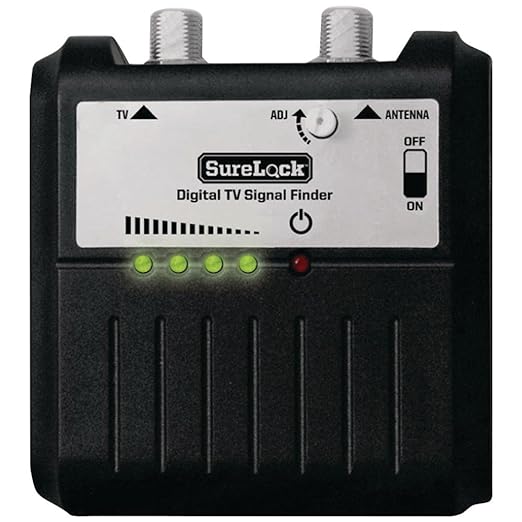Most of our camping is off the power grid back in the woods somewhere. We usually get 6-36 digital HDTV stations here on the EAST side of the US just about everywhere we go. These are full blown full screen HIGH DEF TV signals...
I am running VIZIO HDTV HDTV sets and the OTA BATWING with UHF Dipole antenna.
The trick I do is point the BATWING antenna toward the local town that is transmitting the NATL BROADCAST digital TV signals and when we start our digital scan from the HDTV VIZIO menu I watch the for the numbers in the digital scan start counting up. If we don't see any counting of scanned in stations then I will stop the scan and move the BATWING ANtenna just a few degrees one direction or the other and restart the scan again.
I was going to pick one of these SHURLOC Digital TV Signal finders but never did... This will allow you to find the High Def Transmitting HDTV signal from the local town before scanning into the HDTV setup menu.

We used to drag along our SAT TV things from the house on every trip but after the NATL BROADCAST went to the digital HDTV format we stopped bring along the spare SAT RCVR item along with us. Watching full blown high def TV is much better and is FREE of course... We even do this at regular camp ground using their CABLE connections. We watch the local stations in full high def TV mode by switching to the OTA antenna.
Roy Ken
